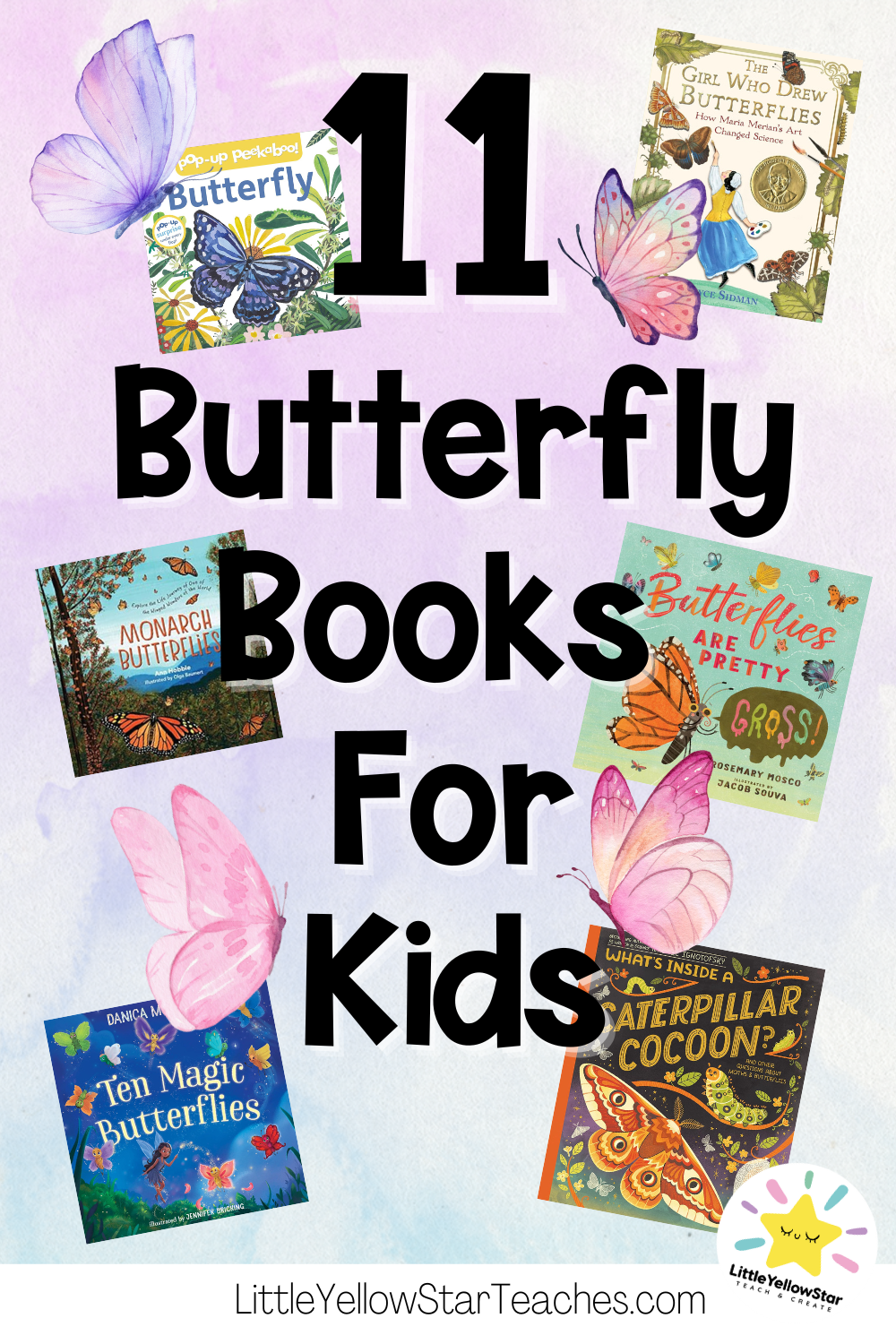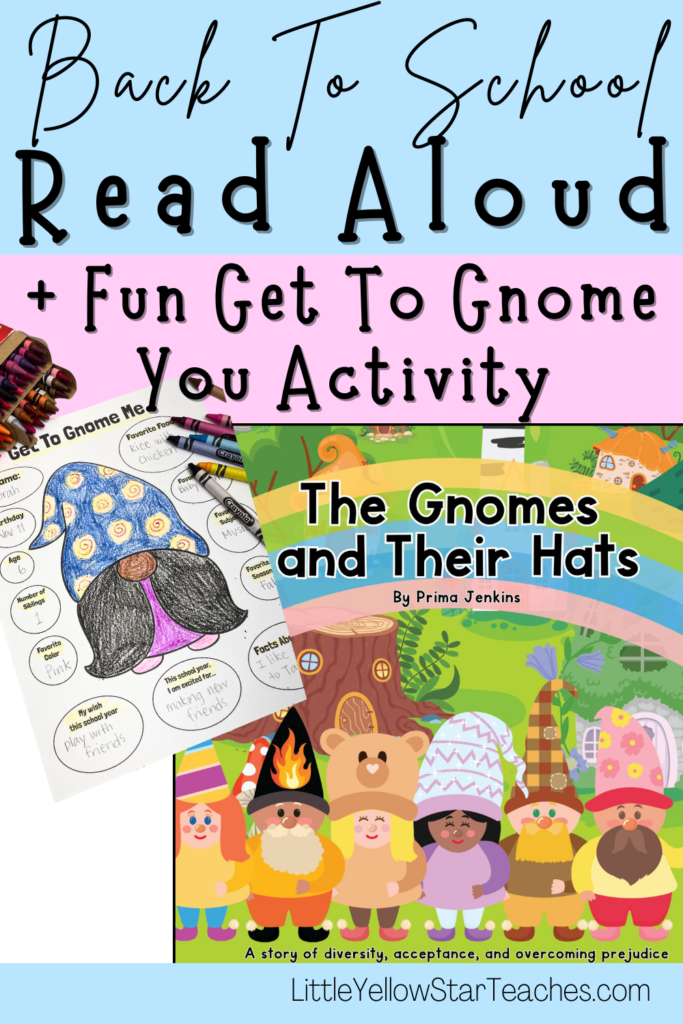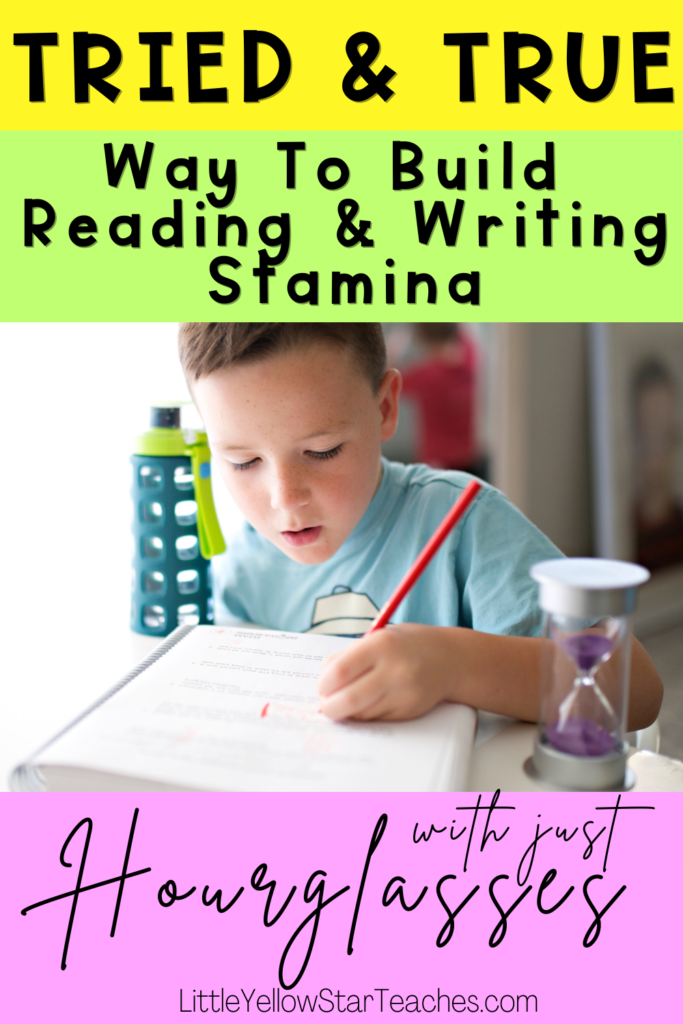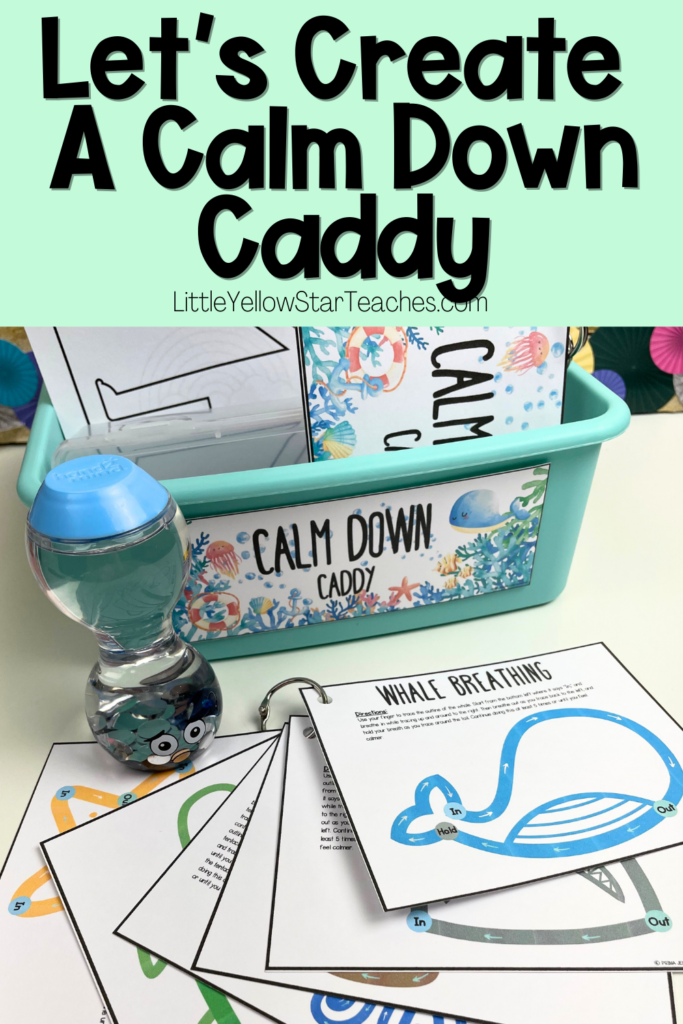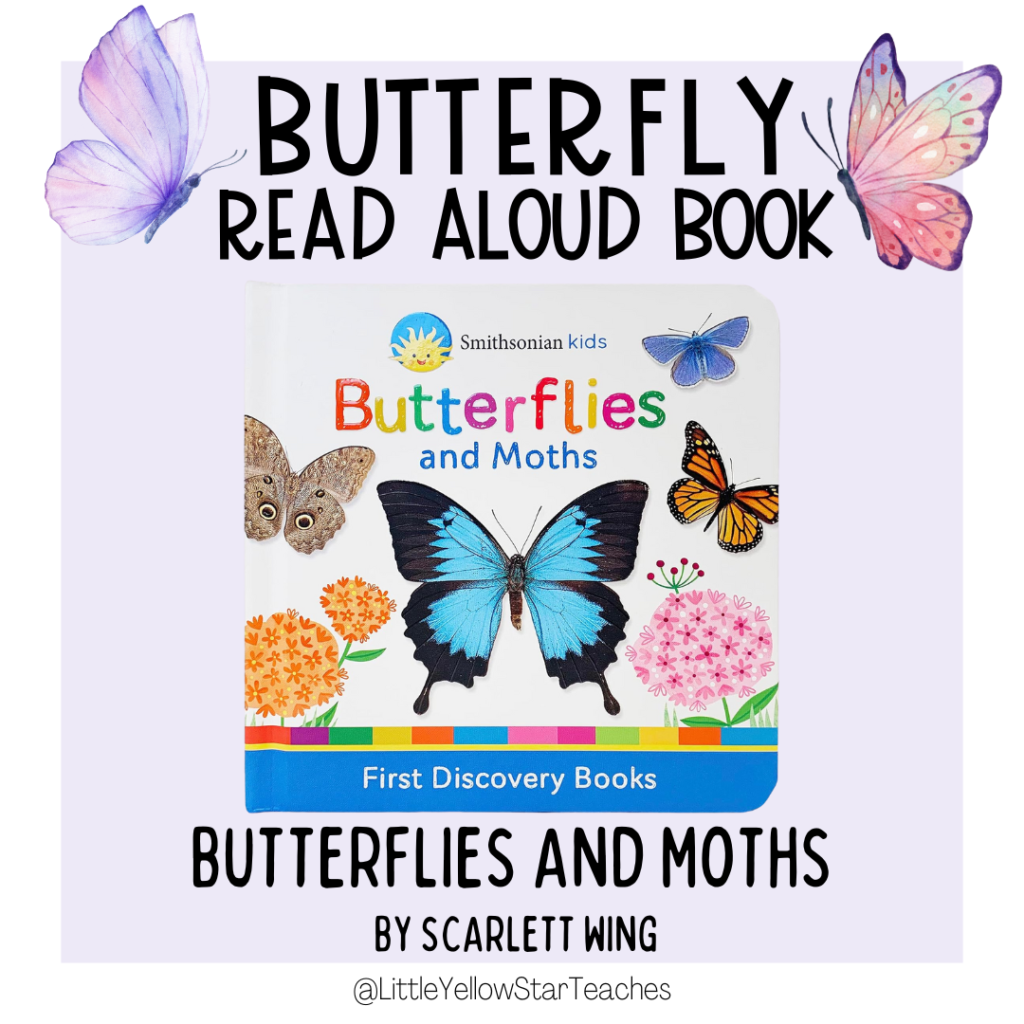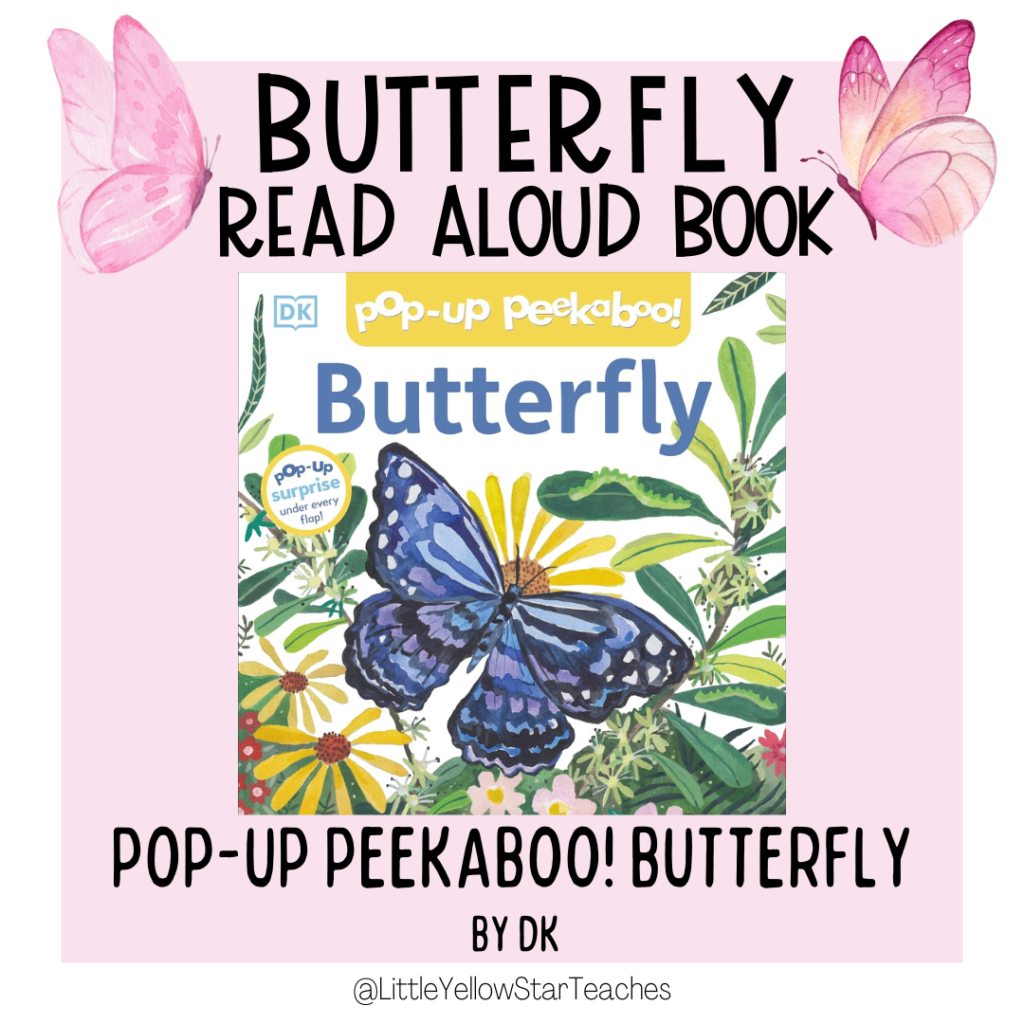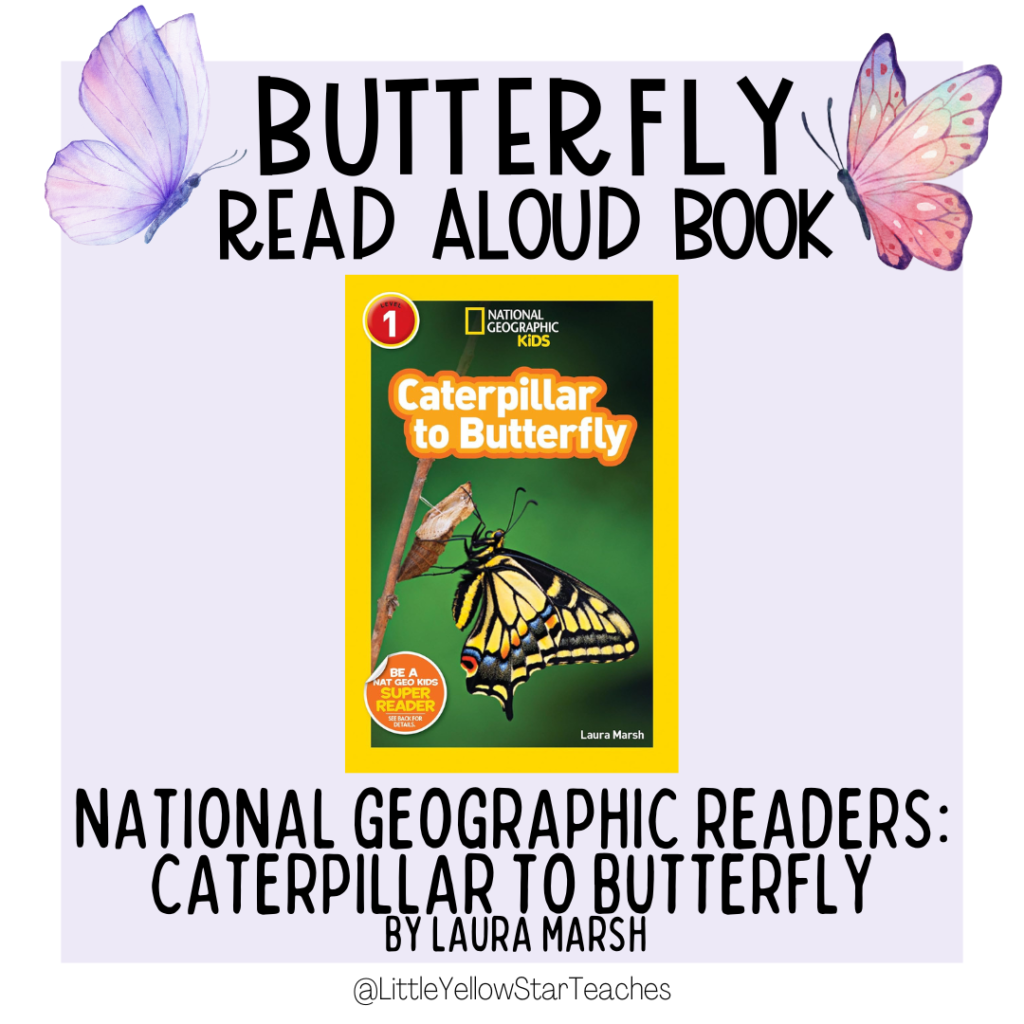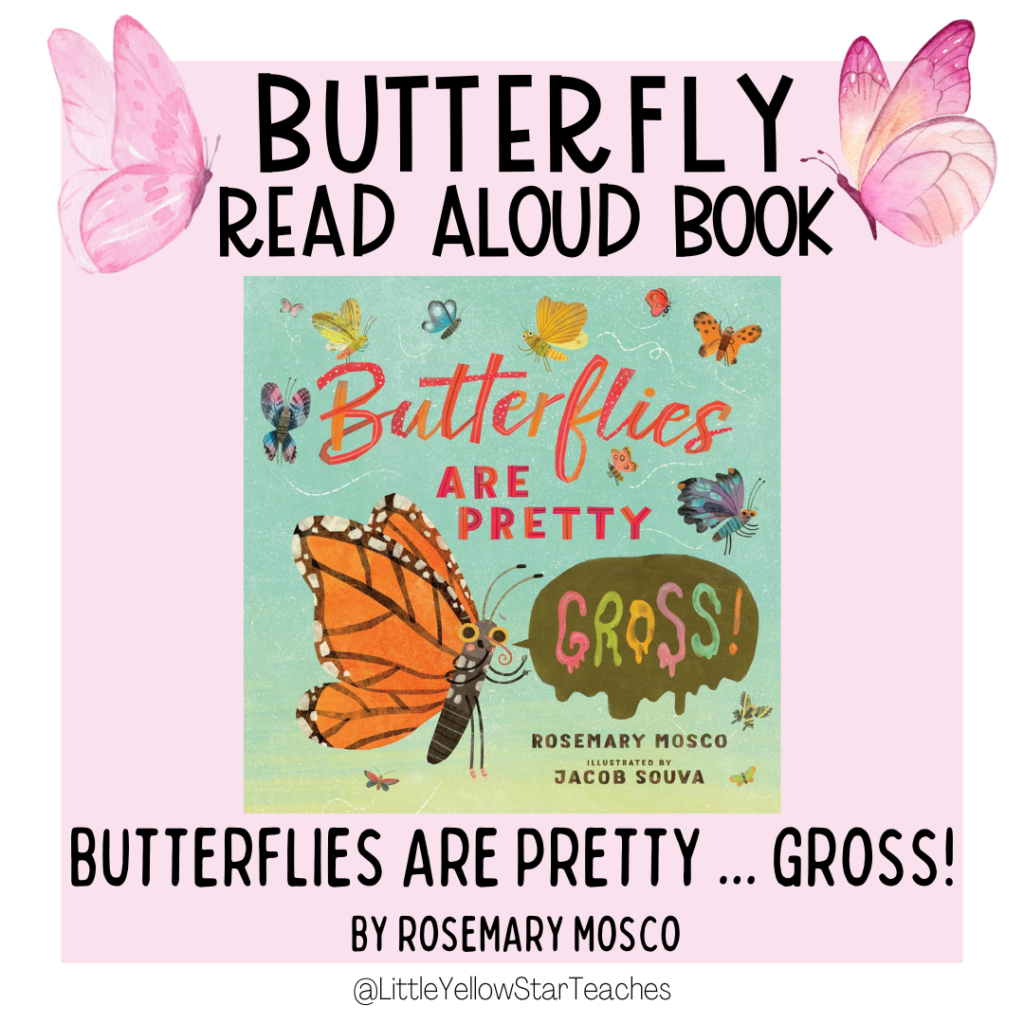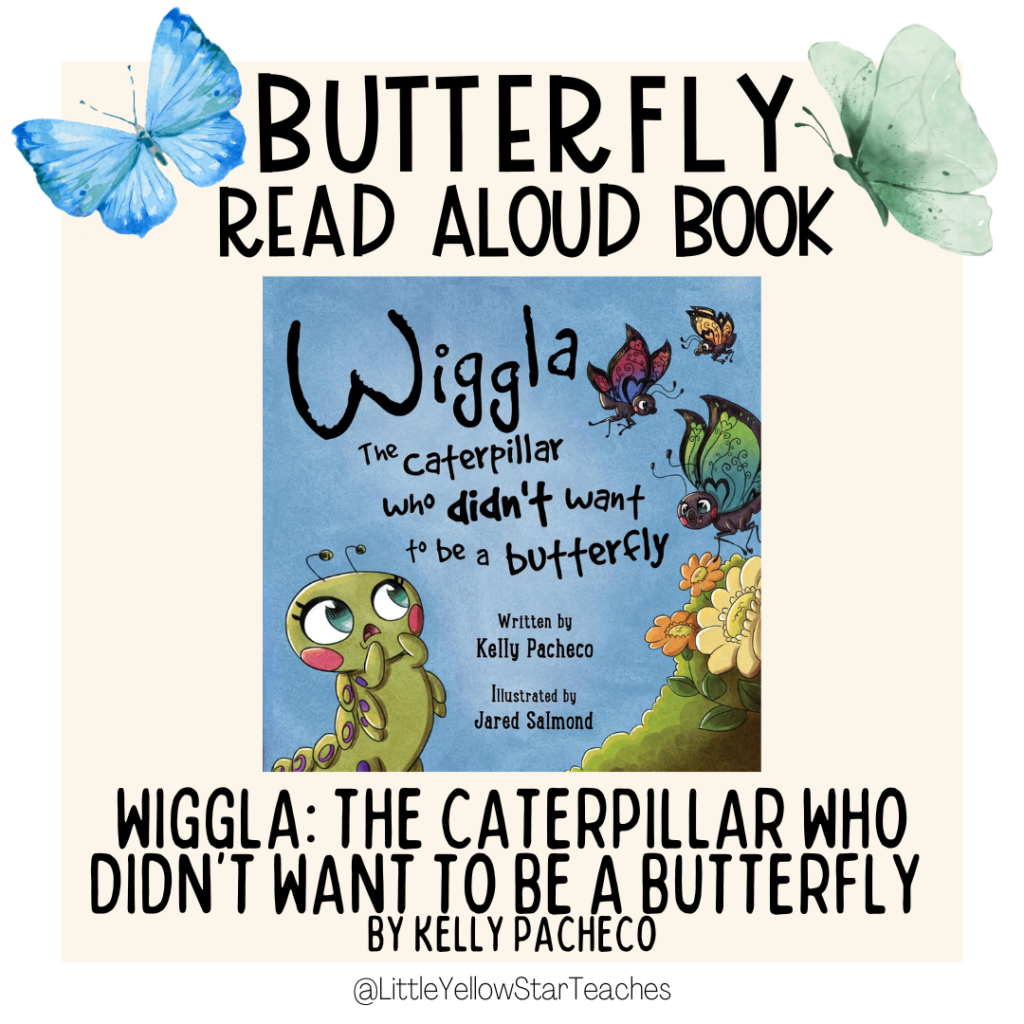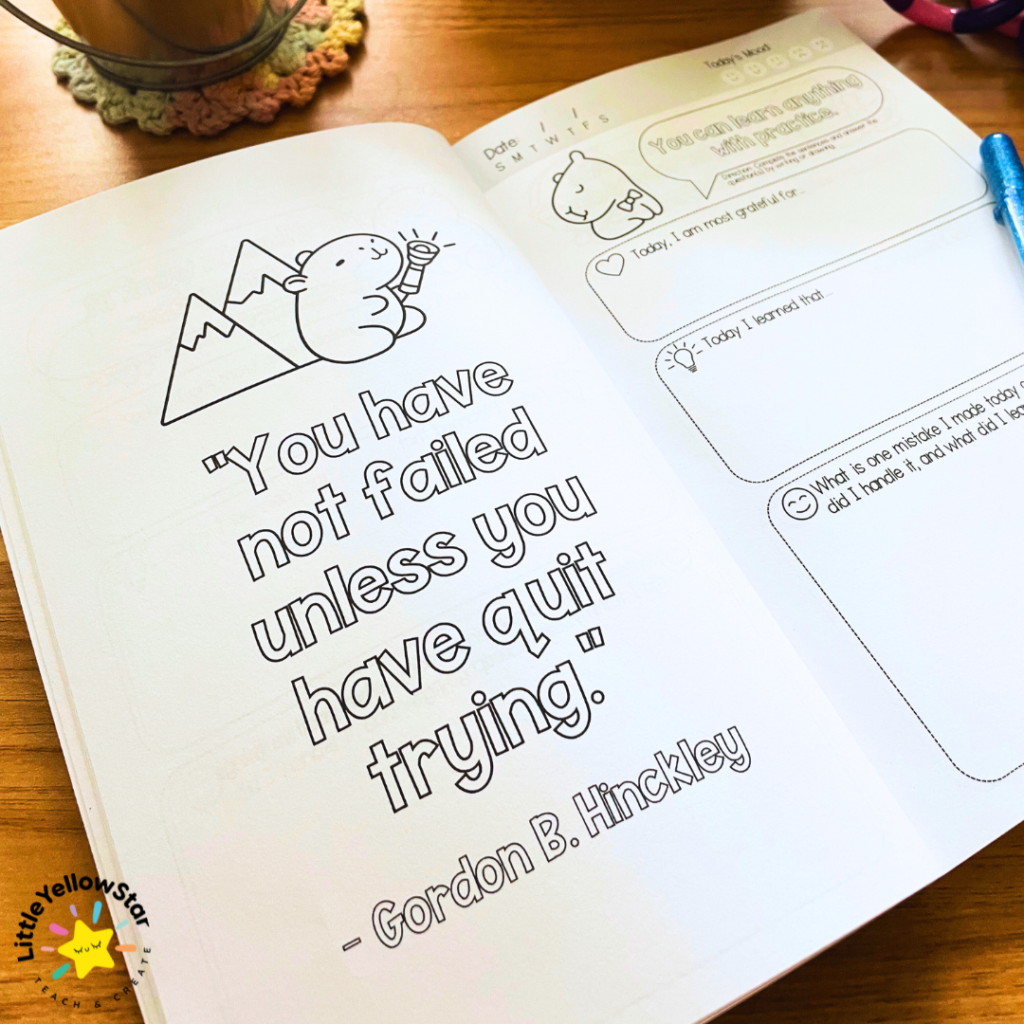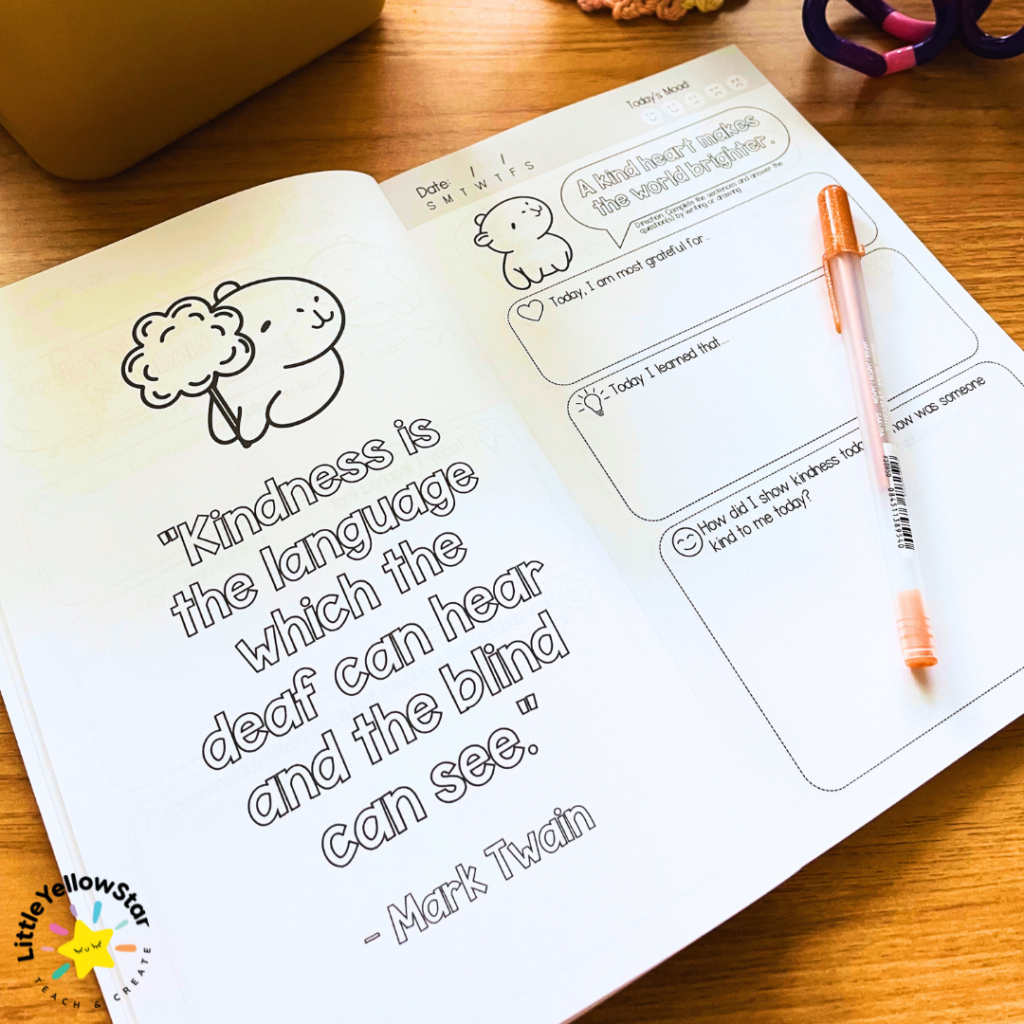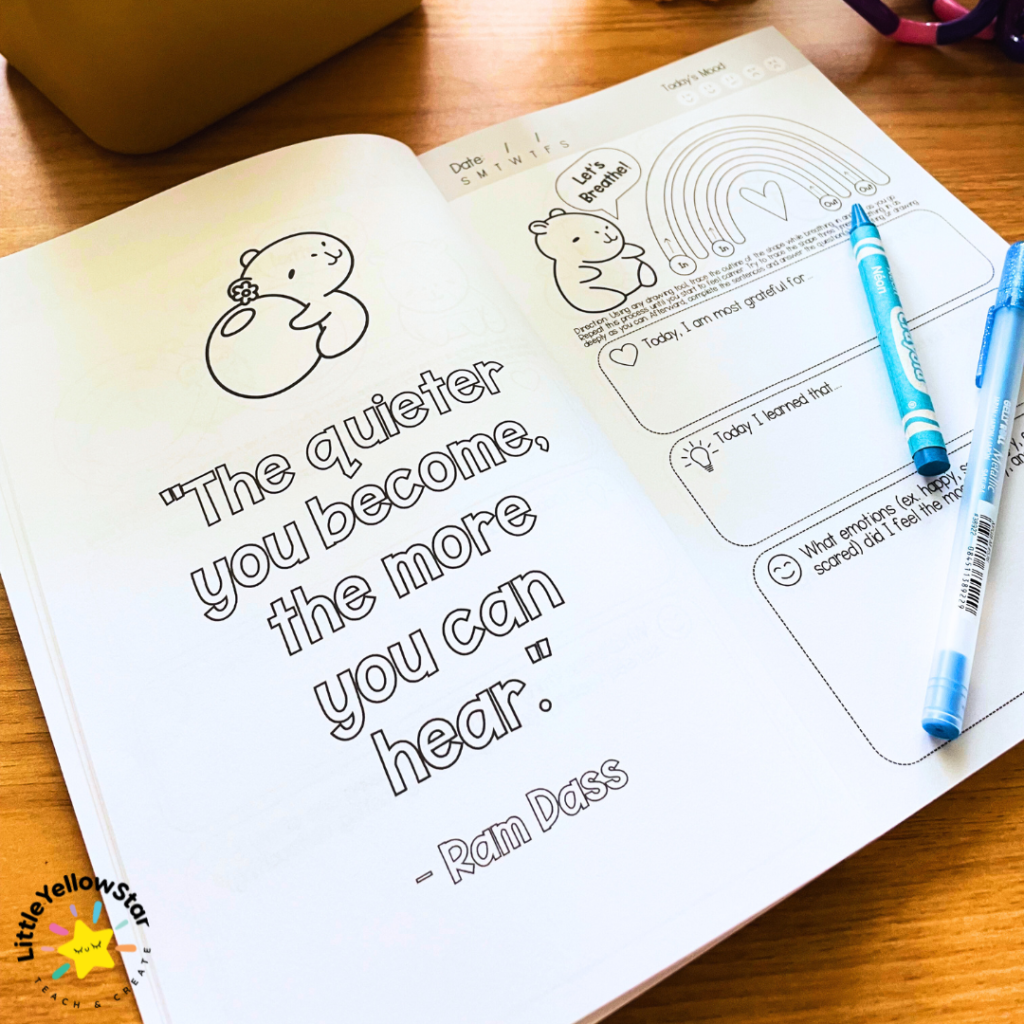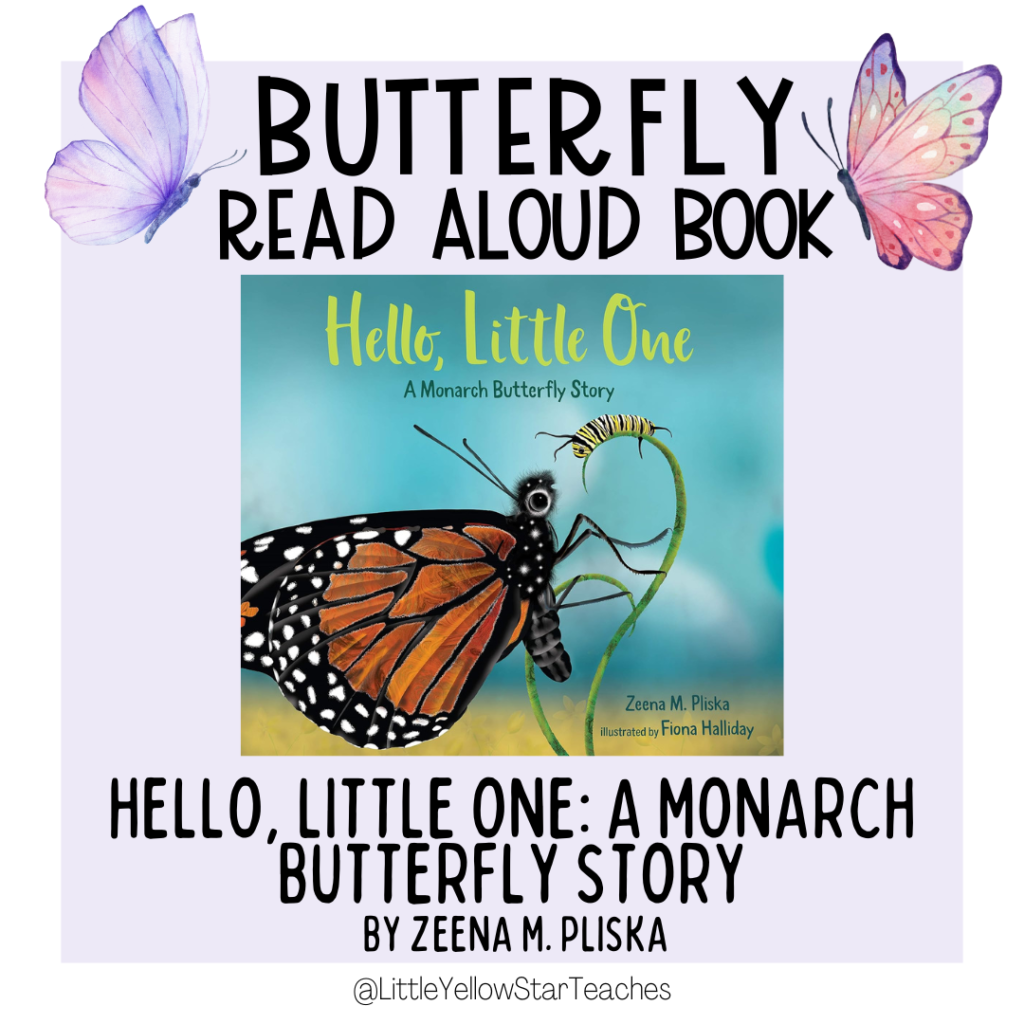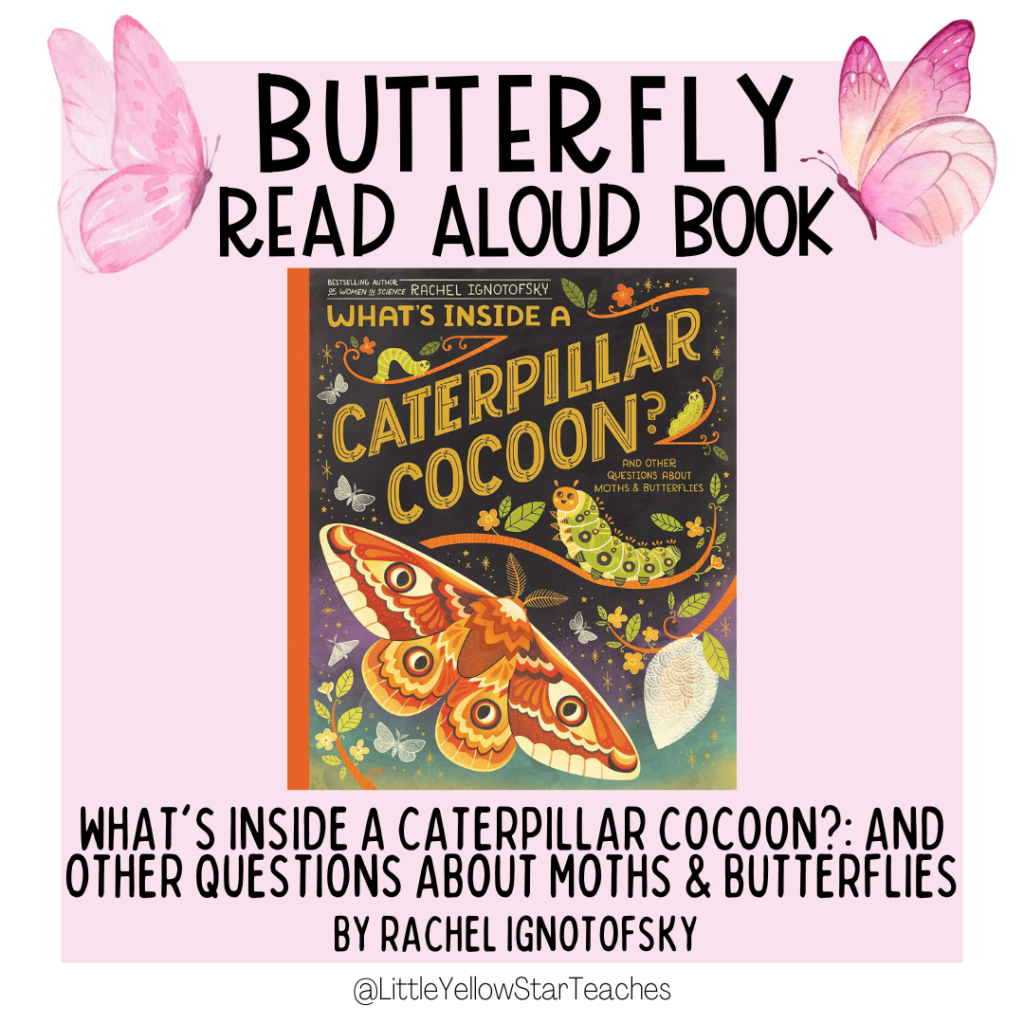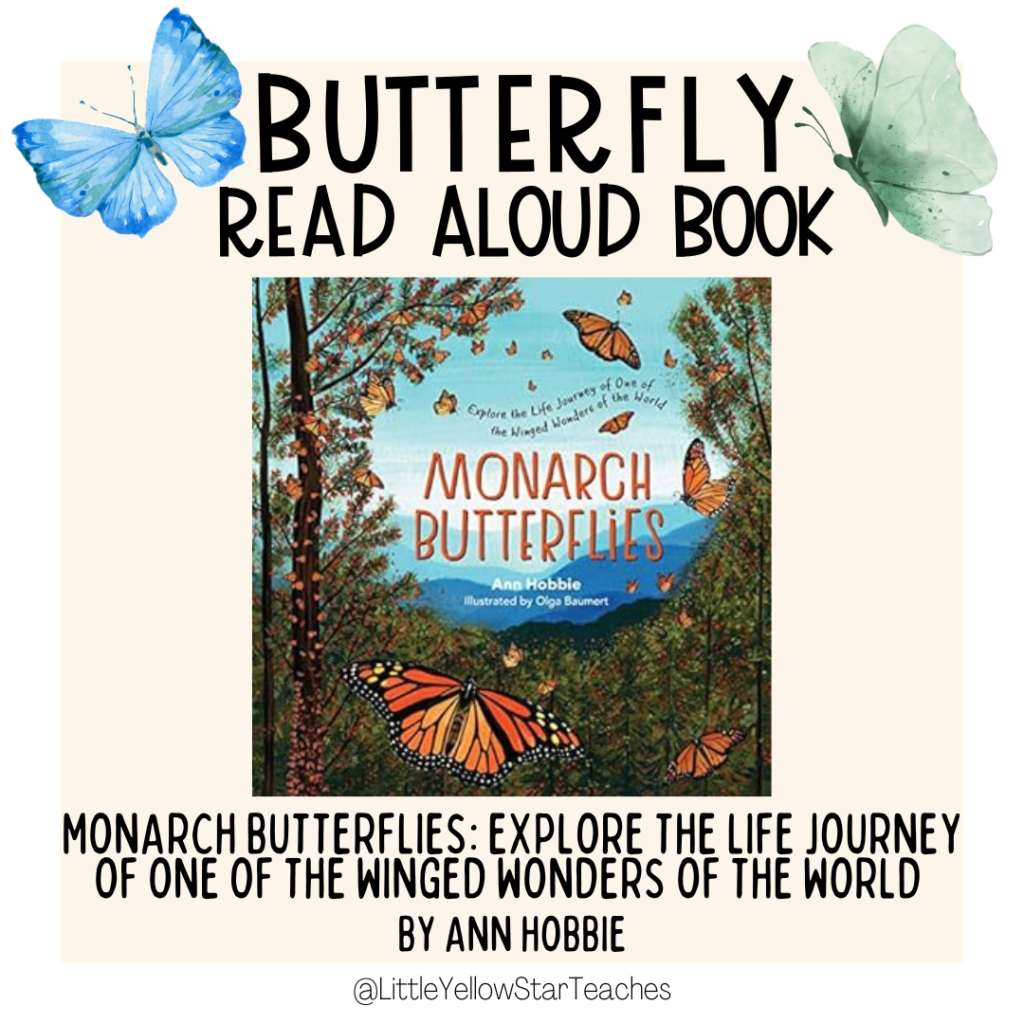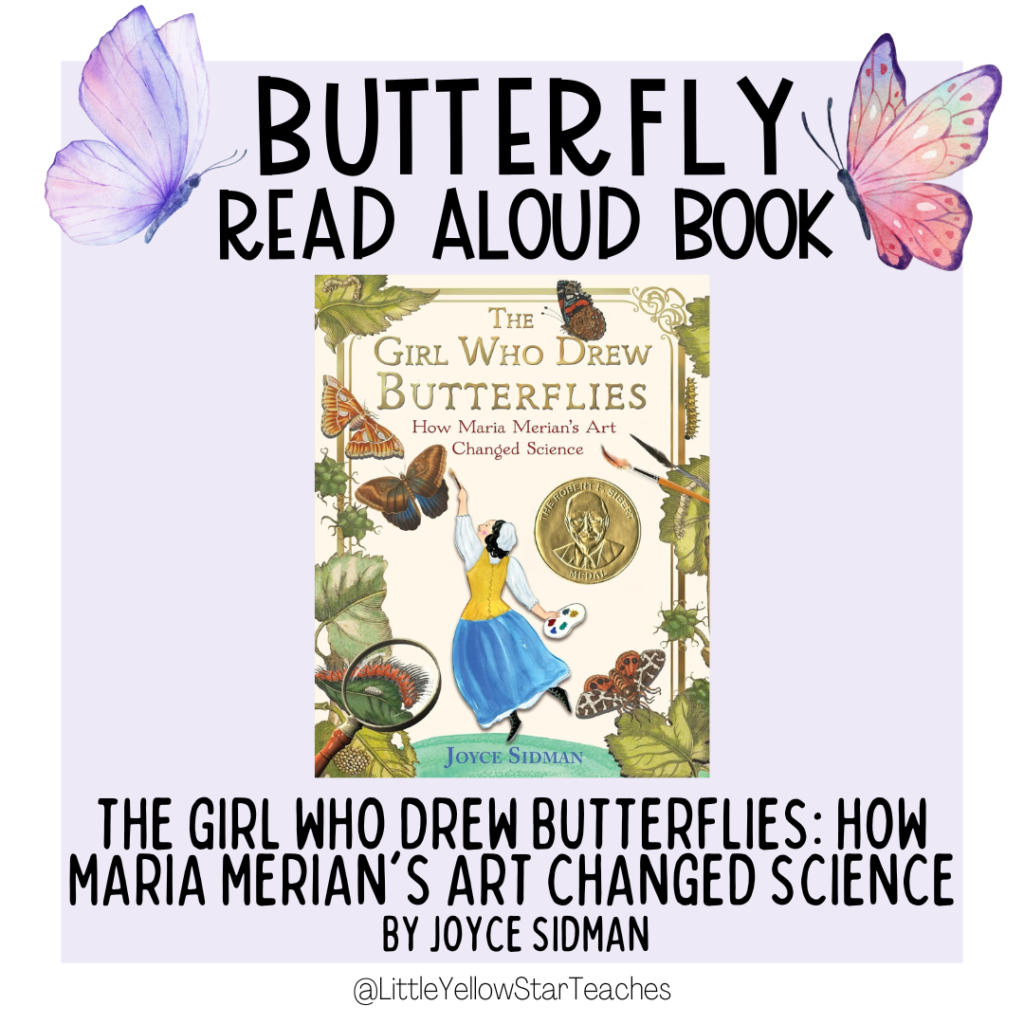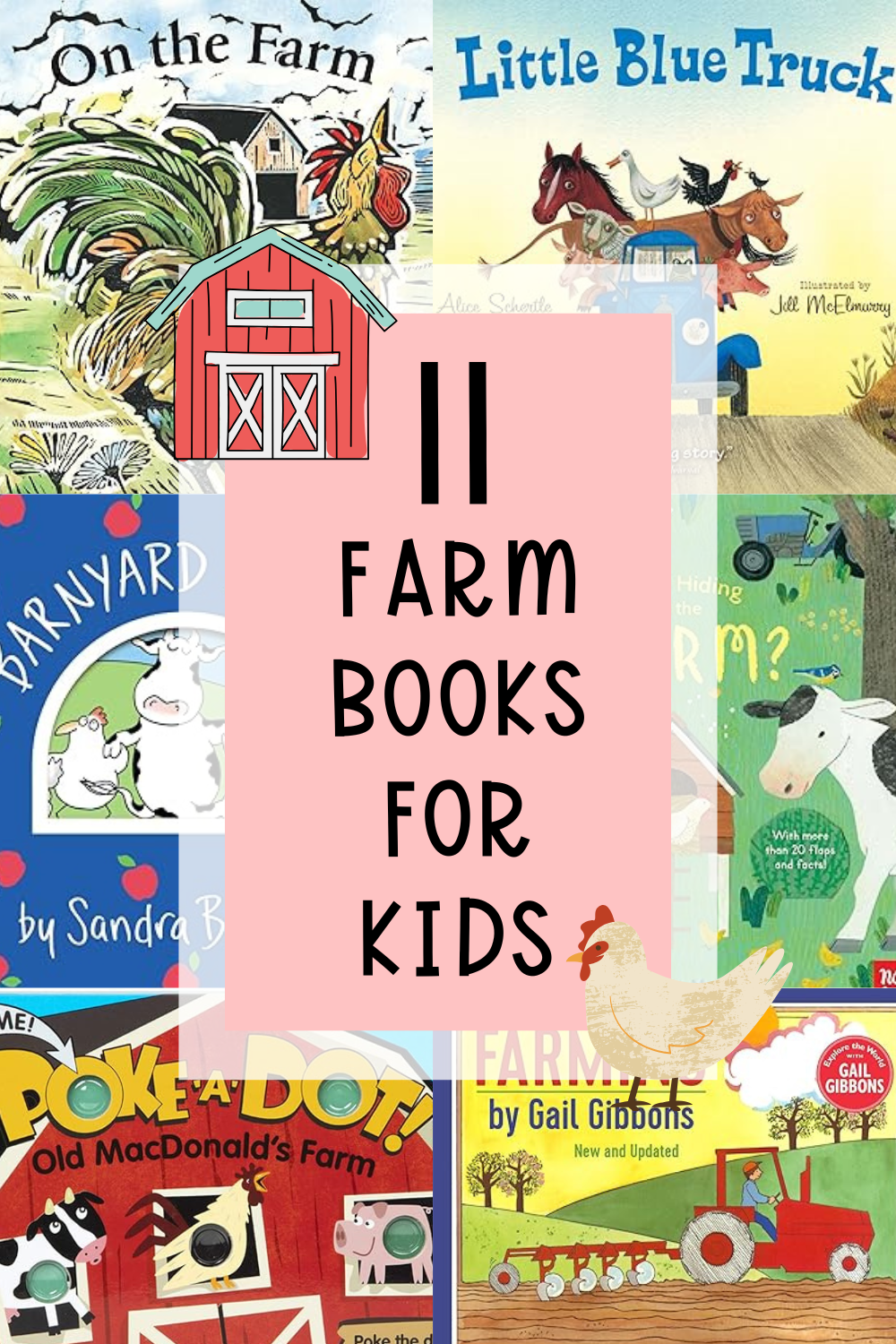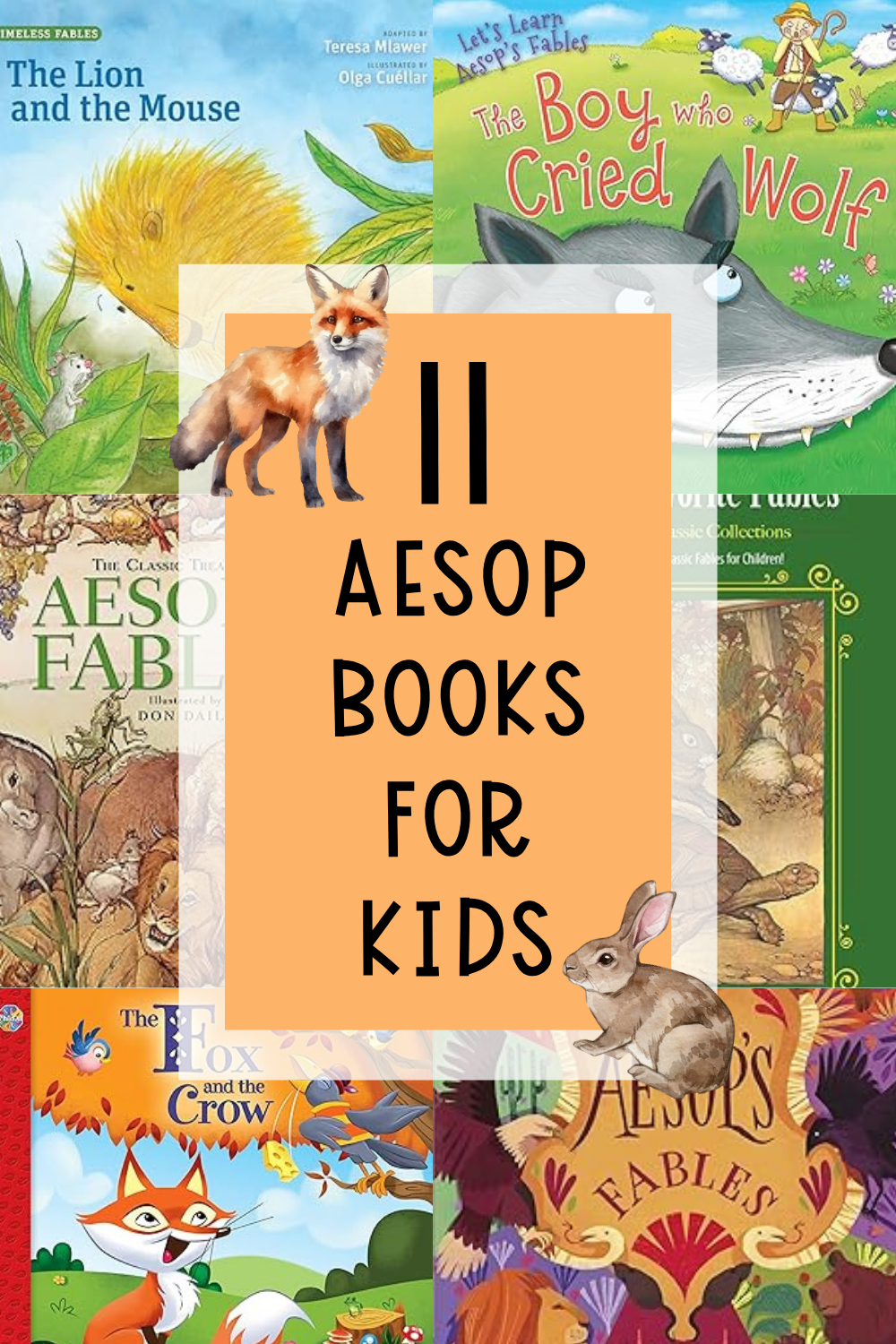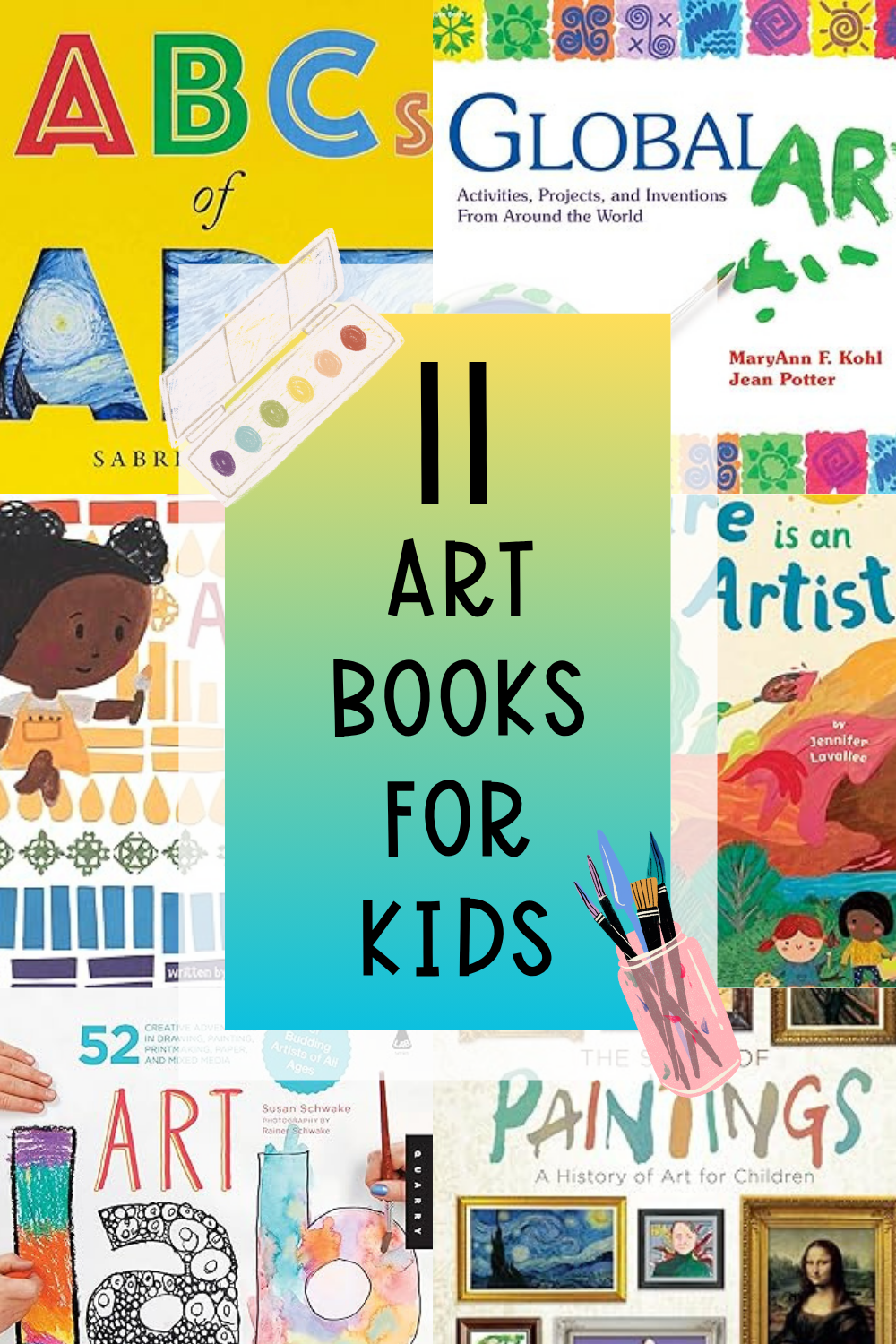***Disclosure: This post contains an Amazon affiliate link that at no additional cost to you, I may earn a small commission when you purchase through the link from my blog. Thank you for your support!
Butterflies are enchanting creatures that capture the imagination and curiosity of children. Their vibrant colors, delicate wings, and fascinating life cycles make them a perfect subject for young readers. This collection of 11 butterfly books for kids offers a mix of beautiful stories and educational content that will delight and inform.
From simple picture books for the youngest readers to more detailed explorations for older children, these books provide insights into the magical world of butterflies. So, get ready to flutter into a world of discovery with your little ones!
Table of Content
- Why Read Books About Butterflies?
- The Role of Books in Teaching Kids about Butterflies
- 11 Butterfly Books For Children
- What Butterfly Book(s) Are You Going To Read Later?
Why Read Books About Butterflies?
Butterfly books are a wonderful way to introduce children to the wonders of nature and the fascinating lives of these beautiful insects. Here’s why these books are a valuable addition to any child’s reading list:
- Sparks Curiosity:
- Butterflies’ vibrant colors and unique life cycle capture children’s imaginations, inspiring them to learn more about the natural world.
- Educates About Life Cycles:
- Books about butterflies provide an excellent opportunity to teach children about metamorphosis, from egg to caterpillar to chrysalis to butterfly.
- Encourages Outdoor Exploration:
- Reading about butterflies can motivate children to explore their own backyards, parks, or gardens, observing these insects in their natural habitats.
The Role of Books in Teaching Kids about Butterflies
Books play an important role in teaching children about butterflies, offering detailed insights into their lives and significance in nature. Through reading, children can:
- Learn Scientific Facts:
- Butterfly books provide fascinating information about different species, their life cycles, habitats, and behaviors, offering a comprehensive understanding of these insects.
- Develop Appreciation for Nature:
- Stories featuring butterflies can help children appreciate the beauty and complexity of the natural world, fostering a sense of wonder and respect for all living things.
- Encourage Conservation:
- Books about butterflies can highlight the importance of conservation efforts, teaching children about the threats these insects face and how they can help protect them.
How to Use Books about Butterflies with Children
- Create a Reading Routine: Set aside a regular time for reading butterfly books. This could be part of a daily routine, such as bedtime, or a special weekend activity focused on nature and insects.
- Discuss and Reflect: Engage in discussions about the books. Ask questions about what your child has learned, what they found interesting, and how they can help butterflies in their own backyard.
- Plan Themed Activities: Extend the learning with butterfly-themed activities. Plant a butterfly-friendly garden, create butterfly crafts, or visit a butterfly conservatory to see these insects up close and learn from experts.
11 Butterfly Books For Children
Younger Children (Ages 3-6)
#1 “Butterflies and Moths” by Scarlett Wing
“Butterflies and Moths” by Scarlett Wing, part of the Smithsonian Kids First Discovery Books series, is an engaging board book designed for young readers. The book features tactile elements and vibrant photographs, providing an interactive experience as children learn about butterflies and moths. It covers topics such as the differences between butterflies and moths, the life cycle of a monarch butterfly, and various butterfly species found in backyards.
Why Read: The book aims to foster curiosity about nature and the fascinating world of insects. By using tactile features and high-resolution images, it enhances both verbal and tactile learning. The book helps young children appreciate the beauty and diversity of butterflies and moths, encouraging them to explore and learn about their environment.
- Activity Idea: Create a visual representation of a butterfly’s lifecycle using paper plates and craft supplies. Children can color and label each stage from egg to butterfly.
- Questions To Ask:
- What are the main differences between butterflies and moths?
- Can you describe the lifecycle of a butterfly?
- What did you learn about the different types of butterflies in the book?
#2 “Pop-Up Peekaboo! Butterfly” by DK
“Pop-Up Peekaboo! Butterfly” by DK is an interactive book for young children. The book features pop-up elements and lift-the-flap surprises, engaging toddlers in a fun and educational way as they explore the world of butterflies and other garden creatures.
Why Read: The book focuses on early learning concepts such as colors, shapes, and simple descriptions of nature. The interactive elements make the learning process engaging and help develop fine motor skills. It encourages curiosity and exploration, making it a delightful read for young children.
- Activity Idea: Create your own pop-up cards with butterfly designs. This activity helps children understand the mechanics of pop-ups while fostering creativity.
- Questions To Ask:
- What surprises did you find under the flaps?
- How do the pop-up elements make the story more exciting?
- What colors and shapes did you learn about in the book?
#3 “Ten Magic Butterflies” by Danica McKellar
“Ten Magic Butterflies” by Danica McKellar is a charming rhyming book that combines math and magic. The story follows ten flowers that transform into butterflies with the help of a magical fairy, teaching children about counting and simple addition in a fun and engaging way.
Why Read: The book integrates math concepts into a whimsical story, making learning numbers and addition enjoyable for young children. The rhyming text and colorful illustrations captivate readers, helping them understand and practice basic math skills while enjoying a magical adventure.
- Activity Idea: Create a magic wand using craft supplies and pretend to transform objects just like the fairy in the story. This activity sparks imagination and creativity.
- Questions To Ask:
- How do the flowers transform into butterflies in the story?
- Can you count the butterflies and flowers on each page?
- How does the fairy help the flowers in the story?
Lower Elementary Children (Ages 7-9)
#4 “National Geographic Readers: Caterpillar to Butterfly” by Laura Marsh
“National Geographic Readers: Caterpillar to Butterfly” by Laura Marsh provides a detailed look at the transformation from caterpillar to butterfly. The book features stunning photographs and simple, informative text that explains the stages of metamorphosis.
Why Read: The book emphasizes the wonder of nature and the scientific process of metamorphosis. It aims to educate young readers about the lifecycle of butterflies, promoting a deeper understanding of biological processes and the beauty of transformation in nature.
- Activity Idea: Create a hanging mobile that represents the stages of a butterfly’s lifecycle using craft materials. You can also get the butterfly kit mobile.
- Questions To Ask:
- What are the stages of a butterfly’s lifecycle?
- How does a caterpillar change into a butterfly?
- What did you find most interesting about the metamorphosis process?
#5 “Butterflies Are Pretty … Gross!” by Rosemary Mosco
“Butterflies Are Pretty … Gross!” by Rosemary Mosco is a playful and informative picture book that reveals the less glamorous side of butterflies. Through humorous text and engaging illustrations, the book uncovers surprising and sometimes gross facts about these beautiful insects. It explores aspects such as their diet, defense mechanisms, and behaviors that are often overlooked.
Why Read: The book challenges the typical perception of butterflies as purely delicate and beautiful creatures by highlighting their more unappealing traits. This approach makes learning about nature fun and memorable, especially for children who enjoy gross-out humor. It also emphasizes that all aspects of an animal’s life, even the less pleasant ones, are important for understanding and appreciating biodiversity.
- Activity Idea: Have children act out different butterfly behaviors mentioned in the book, such as pretending to feed on rotten fruit or mimicking other animals. This helps solidify their understanding through imaginative play.
- Questions To Ask:
- What are some of the gross things that butterflies like to eat?
- How do butterflies use their “gross” traits to survive in the wild?
- Which fact about butterflies surprised you the most, and why?
#6 “Wiggla: The Caterpillar Who Didn’t Want to Be a Butterfly” by Kelly Pacheco
“Wiggla: The Caterpillar Who Didn’t Want to Be a Butterfly” by Kelly Pacheco is a heartwarming story about a caterpillar named Wiggla who is reluctant to transform into a butterfly. Through her journey, Wiggla learns to embrace change and understand the beauty of transformation, ultimately discovering her new self with the help of her friends.
Why Read: The book explores themes of change, growth, and self-acceptance. It addresses common fears and anxieties about change in a relatable way for children. Wiggla’s journey teaches young readers that change, although scary, can lead to new and wonderful experiences.
- Activity Idea: Start a butterfly garden where children can observe real caterpillars and their transformation into butterflies. This hands-on project reinforces the themes of the book.
- Questions To Ask:
- Why was Wiggla afraid to become a butterfly?
- 2. How did Wiggla’s friends help her through her transformation?
- 3. What did Wiggla learn about herself by the end of the story?
Check Out Capybara-Theme Daily Reflection Journals For Kids!
#7 “Hello, Little One: A Monarch Butterfly Story” by Zeena M. Pliska
“Hello, Little One: A Monarch Butterfly Story” by Zeena M. Pliska is a beautifully illustrated book that tells the story of a monarch butterfly’s lifecycle through the eyes of a child. The narrative follows the butterfly from egg to adult, emphasizing the wonders of nature and the importance of observation.
Why Read: The book focuses on the beauty and intricacy of the monarch butterfly’s lifecycle. It highlights themes of growth, transformation, and the interconnectedness of nature. By presenting the lifecycle in a story format, the book makes scientific concepts accessible and engaging for young readers.
- Activity Idea: Create a map that tracks the migration path of monarch butterflies. Discuss the challenges they face during their journey and the importance of conservation efforts.
- Questions To Ask:
- Why is it important to observe and protect butterflies?
- What did you find most interesting about the monarch butterfly’s journey?
- How can we help butterflies in our own environment?
Upper Elementary Children (Ages 9-11)
#8 “What’s Inside a Caterpillar Cocoon?: And Other Questions About Moths & Butterflies” by Rachel Ignotofsky
“What’s Inside a Caterpillar Cocoon?: And Other Questions About Moths & Butterflies” by Rachel Ignotofsky is an informative and beautifully illustrated nonfiction book for children. It explores the fascinating world of butterflies and moths, answering common questions about their life cycles, behaviors, and differences. The book’s engaging and educational content is complemented by Ignotofsky’s distinctive, colorful illustrations, making complex information accessible and enjoyable for young readers.
Why Read: This book delves into the natural wonders of metamorphosis and the ecological roles of butterflies and moths. It encourages curiosity and a deeper understanding of the natural world. By presenting scientific information in a visually appealing and organized manner, the book helps children appreciate the intricate processes that govern the lives of these insects.
- Activity Idea: Make a chart comparing and contrasting the characteristics of moths and butterflies. Highlight differences in their behaviors, habitats, and physical traits.
- Questions To Ask:
- What are the main differences between butterflies and moths?
- How does a caterpillar transform into a butterfly or moth inside a cocoon?
- What are some unique behaviors of butterflies and moths mentioned in the book?
#9 “Monarch Butterflies: Explore the Life Journey of One of the Winged Wonders of the World” by Ann Hobbie
“Monarch Butterflies” by Ann Hobbie is an in-depth exploration of the life cycle and migration of monarch butterflies. The book provides detailed information about each stage of a monarch’s life, from egg to adult, and follows their incredible migratory journey. The vibrant illustrations and engaging text make it a captivating read for children and adults alike.
Why Read: The book emphasizes the wonder and complexity of the natural world, highlighting the monarch butterfly’s role in ecosystems and the importance of conservation. It educates readers about the environmental challenges monarchs face and encourages a sense of responsibility towards protecting these remarkable insects.
- Activity Idea: Make a mobile depicting the lifecycle of the monarch butterfly. Use different materials to represent each stage and hang them in order to visualize the transformation.
- Questions To Ask:
- What is unique about the monarch butterfly’s migration?
- How does the monarch butterfly’s lifecycle differ from other butterflies?
- Why are monarch butterflies important to ecosystems?
#10 “The Girl Who Drew Butterflies: How Maria Merian’s Art Changed Science” by Joyce Sidman
“The Girl Who Drew Butterflies” by Joyce Sidman is a biographical account of Maria Sibylla Merian, an artist and naturalist whose detailed observations and illustrations of butterflies and other insects significantly contributed to the field of entomology. The book provides insights into Merian’s life, her groundbreaking work, and the historical context in which she lived.
Why Read: The book highlights themes of perseverance, curiosity, and the impact of scientific discovery. Maria Merian’s dedication to studying and illustrating the natural world showcases the importance of observation and documentation in science. Her work also emphasizes the role of women in science and art, inspiring young readers to pursue their interests despite societal challenges.
- Activity Idea: Search online and teach children to learn to draw butterflies and other insects with detailed attention to their anatomy. Discuss the importance of accuracy in scientific illustrations.
- Questions To Ask:
- Who was Maria Sibylla Merian, and what was her contribution to science?
- How did Maria’s observations and illustrations change the understanding of butterflies?
- What challenges did Maria face in her work, and how did she overcome them?
#11 “The Family Butterfly Book” by Rick Mikula
“The Family Butterfly Book” by Rick Mikula is an engaging guide that introduces families to the captivating world of butterflies. The book offers a comprehensive overview of butterfly life stages, from eggs to caterpillars to adult butterflies. It provides practical advice on how to attract, raise, and nurture butterflies in your own backyard, making it an excellent resource for both beginners and enthusiasts. With detailed descriptions of 40 North American butterfly species, the book emphasizes the importance of conservation and includes fun projects and activities to help families create butterfly-friendly habitats.
Why Read: This book serves as a wonderful tool for teaching children about nature, biology, and environmental stewardship. It inspires curiosity and a love for the natural world while providing hands-on activities that make learning interactive and fun.
- Activity Idea: Pick an activity from the book and get started!
- Questions To Ask:
- Why is it important to create a butterfly-friendly habitat, and what elements are necessary for it?
- How can you safely catch and handle a butterfly without harming it?
- What are some common myths about butterflies, and what is the truth behind them?
Grab these free resources to make your teaching life easier!
What Butterfly Book(s) Are You Going To Read Later?
Exploring the world of butterflies through books can open up new conversations and inspire a love for nature and conservation.
Which butterfly-themed books are on your reading list? Do you have any favorites or new discoveries you’d like to share?
Connect with me on Instagram @LittleYellowStarTeaches to share your butterfly reading adventures. Let’s flutter into a season of stories, learning, and nature wonders.
Happy reading!
Prima at LittleYellowStar
* * *

